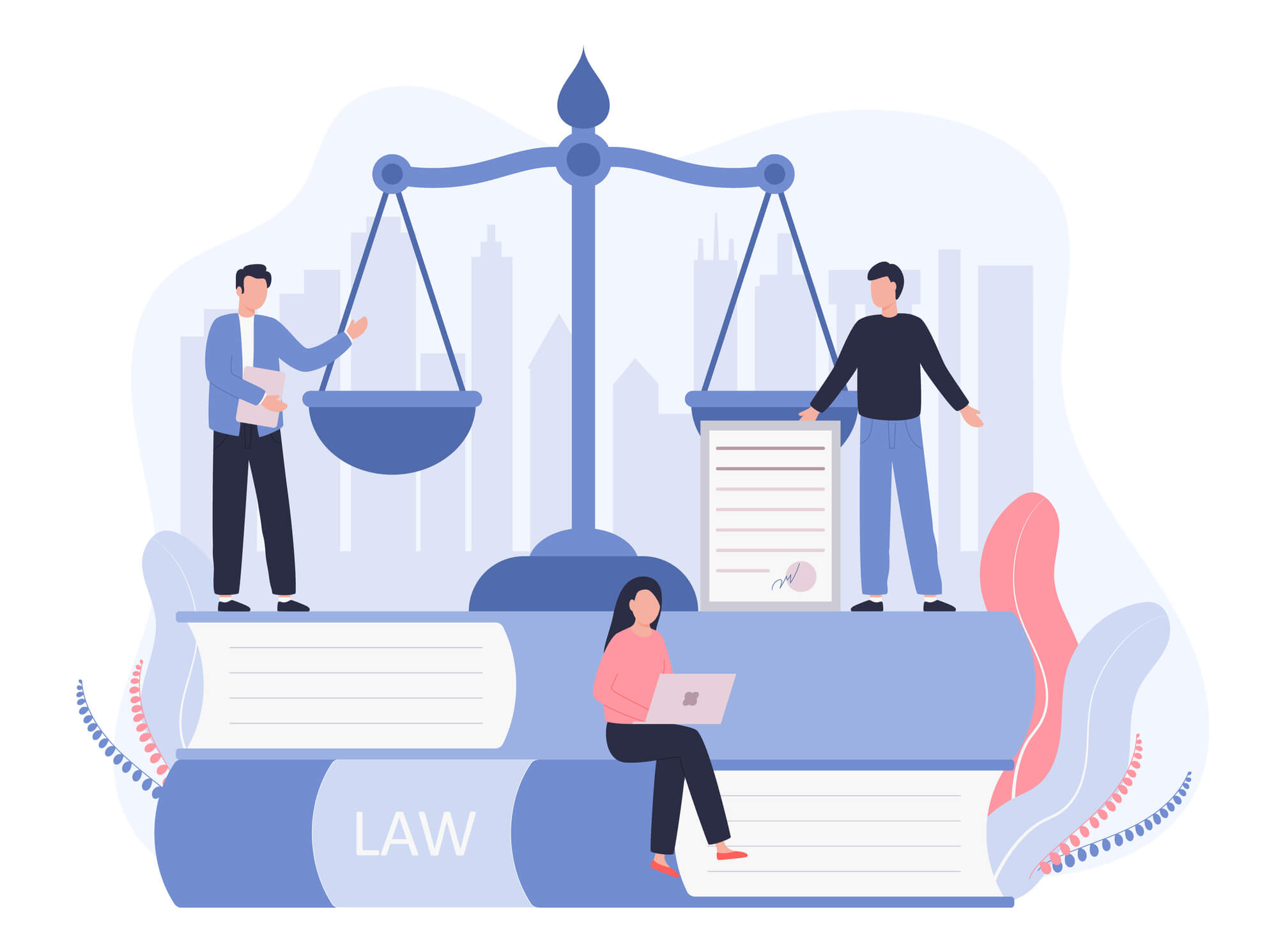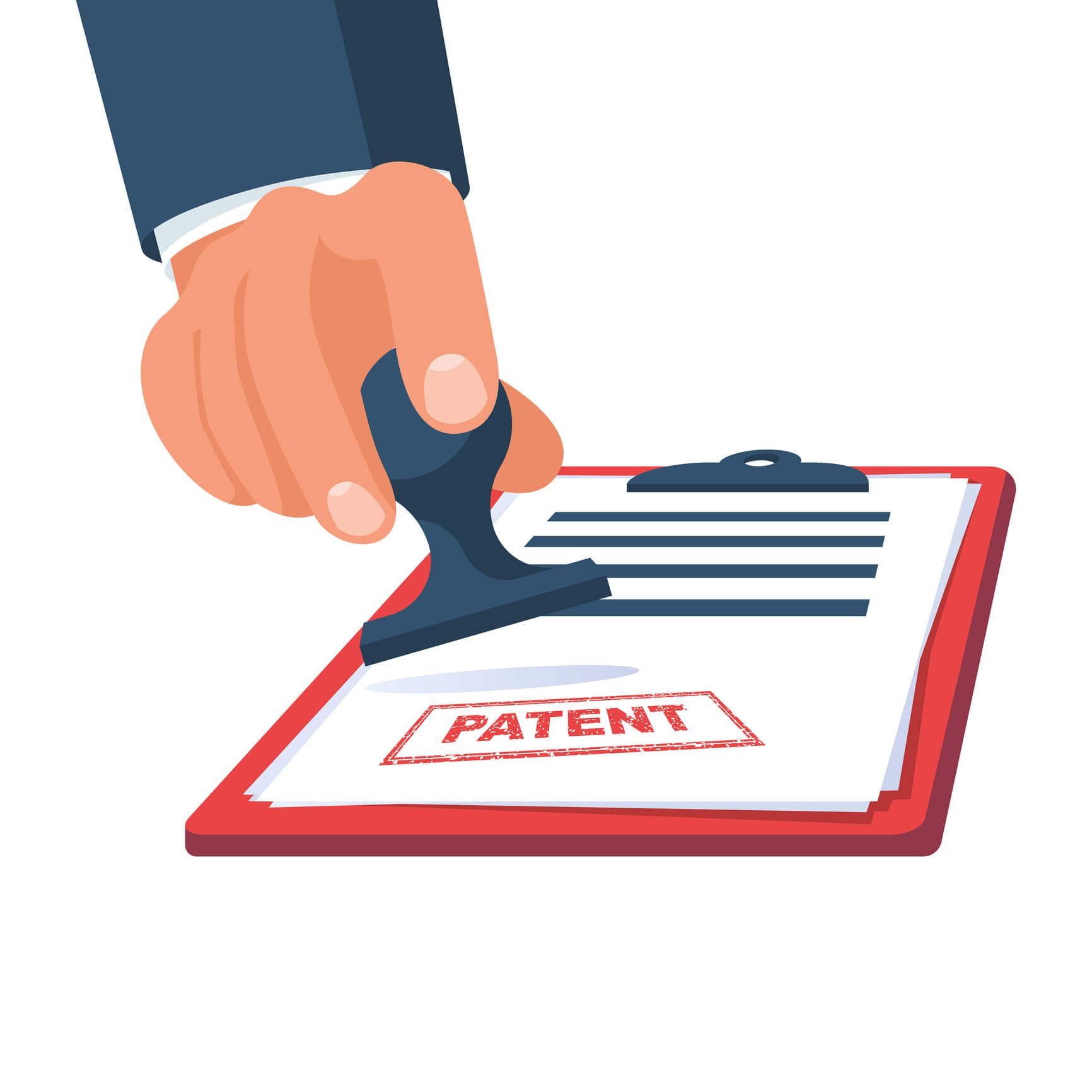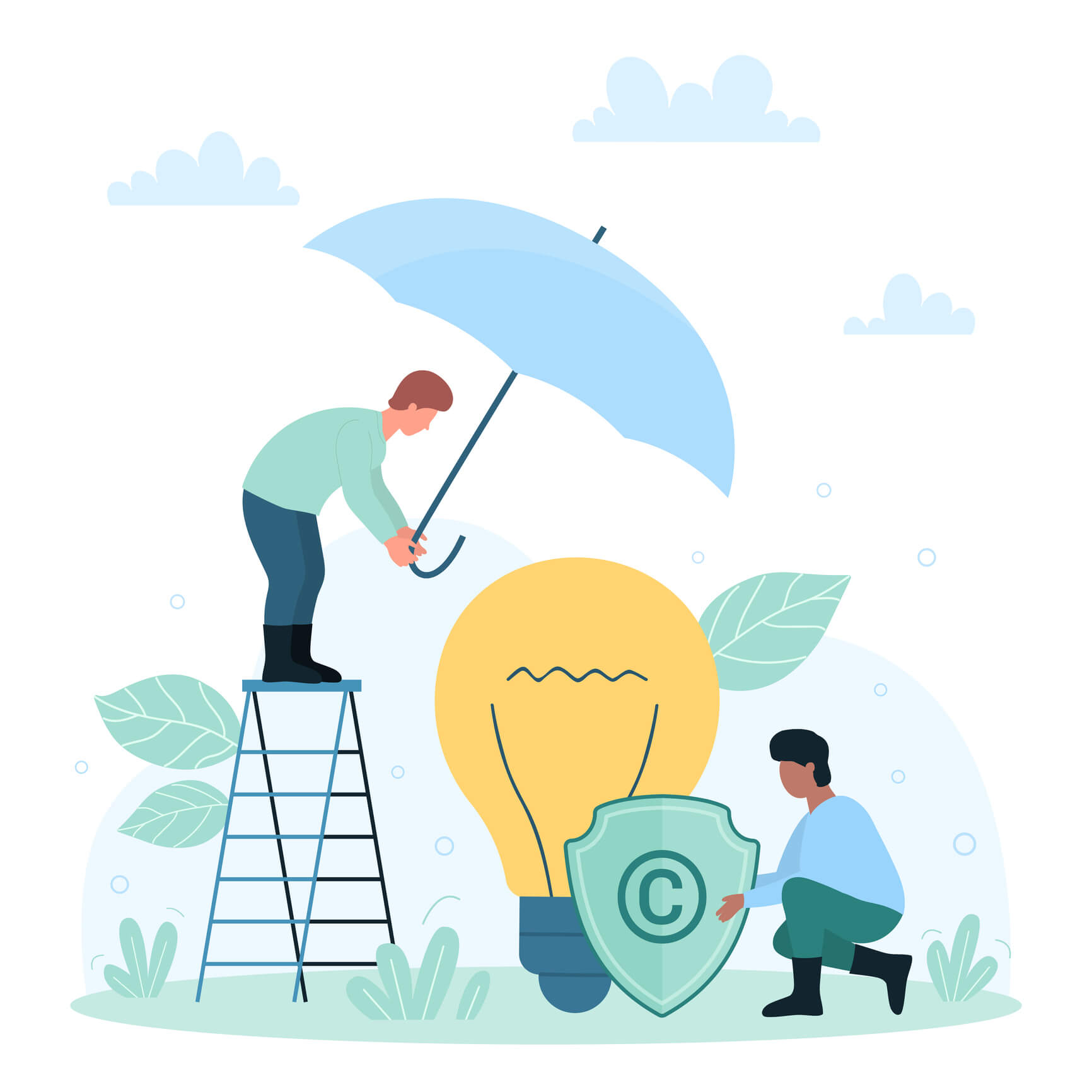
Tysers announces senior roles for Tysers Singapore
Tysers is delighted to announce the appointment of Babita Rai as CEO, Tysers Singapore, and William Furness-Smith as Head of Marine, APAC. Babita Rai Babita…
When creating a product, design or any piece of work, you could unknowingly be at risk of intellectual property infringement. It is important for all businesses, regardless of size or industry, to understand what is covered by intellectual property law and the steps you can take to avoid intellectual property infringement claims.
We have also included three interesting examples of recent intellectual property claims below to demonstrate how intellectual property claims can occur and play out in real life settings:

In 2016 Brewdog launched a new beverage named ‘Elvis Juice IPA’ which caught the attention of Elvis Presley Enterprises (EPE), the company which manages Elvis Presley’s estate. In 2018, EPE opposed Brewdog’s application to trademark ‘Elvis Juice’ claiming trademark infringement. This prompted Brewdog’s founders James Watt and Martin Dickie to change their names to Elvis via deed poll. The founders argued the name Elvis was not exclusive to EPE, and they had named the beer after themselves, with no connection to the late rock ‘n’ roll star.
Brewdog initially lost the case to trademark ‘Elvis Juice’ however was later given permission to trademark ‘Brewdog Elvis Juice’ in the UK. The European Union Intellectual Property Office (EUIPO), however has rejected their trademark application, ruling in favour of EPE, meaning the drink will need to be renamed in order to be sold within the European Union.

In 2017 Apple Computers Inc applied with the Swiss Institute of Intellectual Property for filed for intellectual property rights for a black and white image of a granny smith apple, and was granted some rights relating to the image. A farmer’s organisation in Switzerland, the Fruit Union Suisse, has legally contested Apple’s rights to own the image. The organisation, founded over 50 years before Apple Computer Inc, raised concerns that if broader Intellectual Property rights are granted to the technology giant this could impact the use of their own logo which features a red apple.
The concern raised by Fruit Union Suisse is arguably not unfounded, with Apple filing many trademark infringement claims against other companies and organisations. An investigation by the Tech Transparency Project revealed that two thirds of claims were made against companies in unrelated fields such as small businesses, education and non-profit organisations. These claims rarely progress to courtroom litigation, as much smaller organisations often do not have the resources to fight lengthy legal battles with a huge tech company worth $2.91 trillion.

Viacom filed a copyright claim against YouTube for $1 billion in 2007 for “Brazen” copyright infringement. The claim alleged that YouTube hosted over 150,000 clips of Viacom’s television shows and owned properties on their website without their permission.
In response, YouTube argued as an online service provider, they were not legally responsible for user uploaded content that infringes on copyright. In YouTube’s Terms of Use agreement (which a user must accept to before uploading content to the website), it states that users must not submit copyrighted materials unless they are the owner of the materials or have permission by the owner to post on YouTube.
In the early stages of the case it seemed almost certain that YouTube would be deemed liable. However during the trial, it was uncovered that Viacom had previously hired 18 advertising companies as part of a ‘guerrilla marketing’ campaign, to create unofficial YouTube accounts and upload content owned by Viacom. It also transpired that Viacom had no idea which accounts were authorised unofficial accounts and which were infringing on their copyright. This massive oversight from Viacom ultimately led to the trial collapsing, as it allowed YouTube’s defence to argue that as they had no way of knowing which accounts were infringing on Viacom’s copyright, it had no reasonable way of stopping them.

Intellectual Property Infringement is a broad term which covers four distinct types of intellectual property; Patents, Designs, Trademarks and Copyright:

A patent is a completely new product or invention which has some kind of practical or industrial application – for example, a new device, process or material. Patents need to be applied for by territory: for example a UK patent will only prevent the product from being replicated or imported and sold within the UK.
Patent Infringement can therefore occur if a business imports, produces or sells a patented product or process without the permission of the patent holder. Businesses who import or sell products internationally should be careful to ensure they aren’t unintentionally committing patent infringement.

Registered designs are the visual creations of a designer, individual or business (usually where the designer is employed by the business) and protects the creator from having their designs recreated and sold by others. Registered designs can be applied for at the Intellectual Property Office, however the UK also provides automatic protection for 15 years even when a registered design is not applied for.
Design right infringement can occur intentionally or unintentionally. A company attempting to create a very similar product to a competitor (for example, a high street fashion retailer using a similar fabric pattern to a high end designer but selling at a lower price) may be guilty of design infringement if they don’t take care to make their design sufficiently different from the original. A designer may also unintentionally commit design infringement by coincidence, having shared design influences or perhaps seen the original design at an earlier date and been unconsciously influenced to create something very similar.
![]()
Trademarks intend to distinguish the goods or services of a company or brand, and can include brand names, slogans, logos, shapes and colours. Trademarks are registered within different classes, connected to the industry of the product or service provided to avoid direct competition. Two companies therefore could share a common name or colour if they are in different classes (for example pharmaceutical goods and musical instruments) but not within the same class.
Trademarks are subject to certain rules, for example they cannot use common surnames, geographical names, registered company names or imply royal patronage.
To avoid Trademark infringement it’s important to check that the key assets of your brand or company (including brand name, logo, brand colours and slogans) are not part of an existing registered trademark in your class. In the UK there are 45 Trademark Classes; 34 classes of goods and 11 classes of services. You can view the full list here.

Copyright protects works of artistic and literary expression. Unlike other forms of intellectual property, UK law states that a creator does not need to apply for copyright and automatically receives protection for any works they have created. Copyright protection commences from the date of creation, and the length of time the work is protected for depends on the type of work.
The scope of works covered by copyright protection is incredibly broad, from published novels, visual artworks and music to broadcasts, film and television and even non-literary works such as technical plans, computer software and databases.
As there is no copyright register and works receive automatic protection, there are often more cases of unintentional copyright infringement. In artistic works such as music, copyright is often subjective and there is a fine line between inspiration and plagiarism, as seen in many well publicised music copyright cases.
In the UK, creators also have non-economic rights known as moral rights which recognise the right to attribution of authorship, rights against false attribution of authorship and the right of integrity.
There are some situations where a copyrighted works can be used without infringement – for example non-commercial research and private study, reporting of current events and teaching. In these cases, the use of copyrighted works is subject to specific terms and conditions, and you should take care to ensure that you adhere to these. You can view a full list of exceptions to copyright here.

Intellectual Property Infringement claims can occur if another person or business alleges you have (intentionally or otherwise) infringed on their patent, design, trademark or copyright. You should always take reasonable steps to avoid intellectual property infringement e.g. referencing the trademarks and patent register, and not using copyrighted photographs without permission or attribution.
Despite taking all of these steps, there may be instances where you unknowingly infringe on another’s intellectual property and they file a claim against you, or you face an allegation of copyright infringement for a subjective creative work.
Taking out a Professional Indemnity Insurance policy can help protect you against the financial impact of Intellectual Property infringement claims.
A Professional Indemnity Insurance policy (sometimes known as Errors & Omissions Insurance) will cover legal defence costs and damages awarded to claimants due to civil claims arising from your business’ activities. This essentially means that if your advice or service fails to meet the expectations of a client and you are held liable, you won’t need to pay out-of-pocket fees and compensation.
There are sections within a Professional Indemnity Insurance policy that can provide financial protection for professionals against claims of intellectual property infringement.
As a Tysers client, if you are involved in design work of any kind (including product design), or have any risks relating to intellectual property, your broker will have it covered. If you have recently expanded into new projects or work that may not be currently protected, it’s important to get in touch with your broker so they can arrange the right cover for any new exposures.
Professional Indemnity Insurance typically covers:
To make an enquiry about an existing policy, or get started with a new one, contact your usual broker or get in touch with us here.
